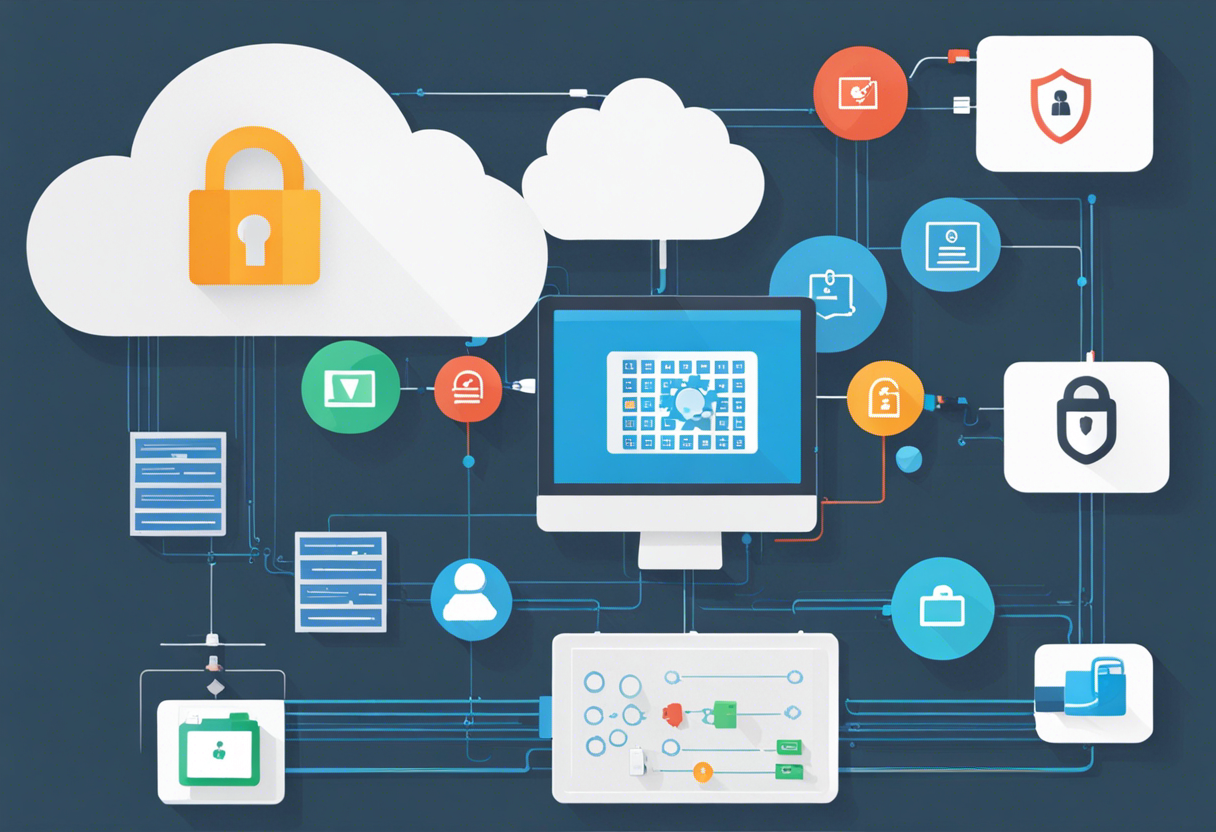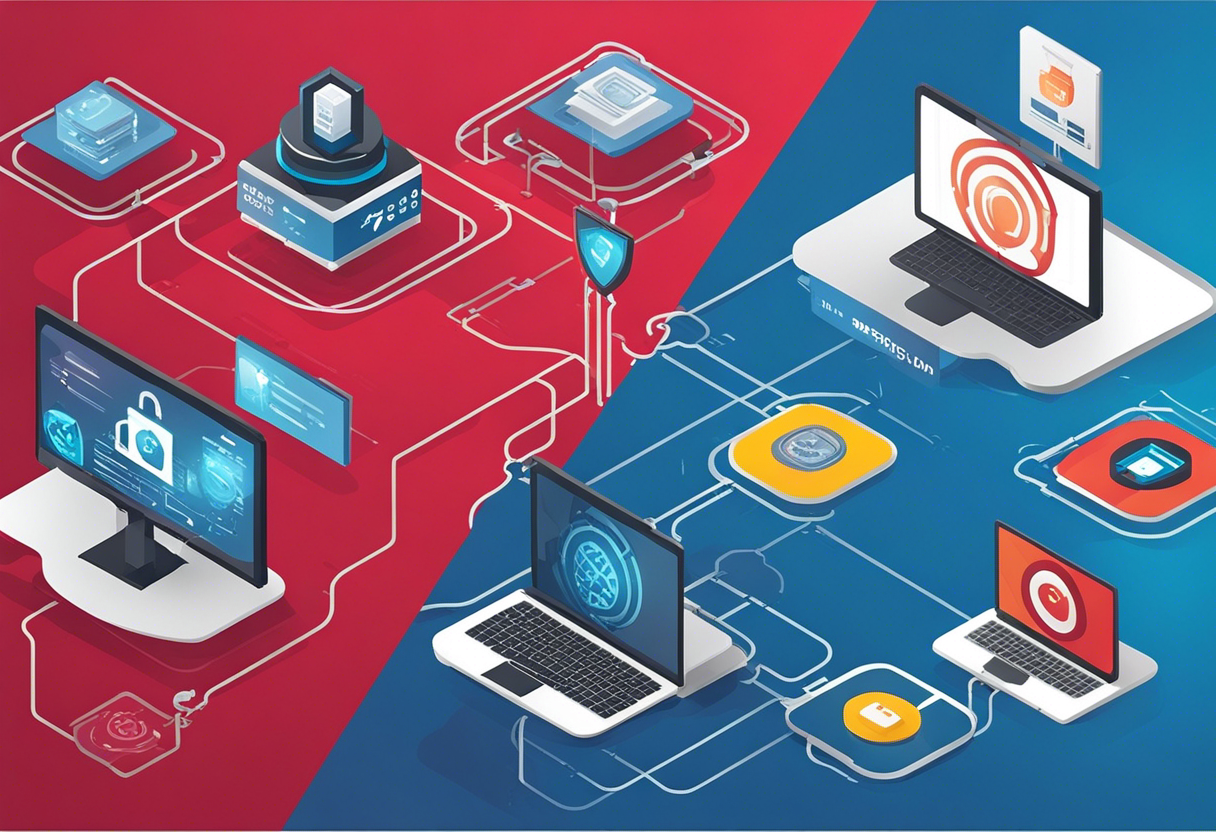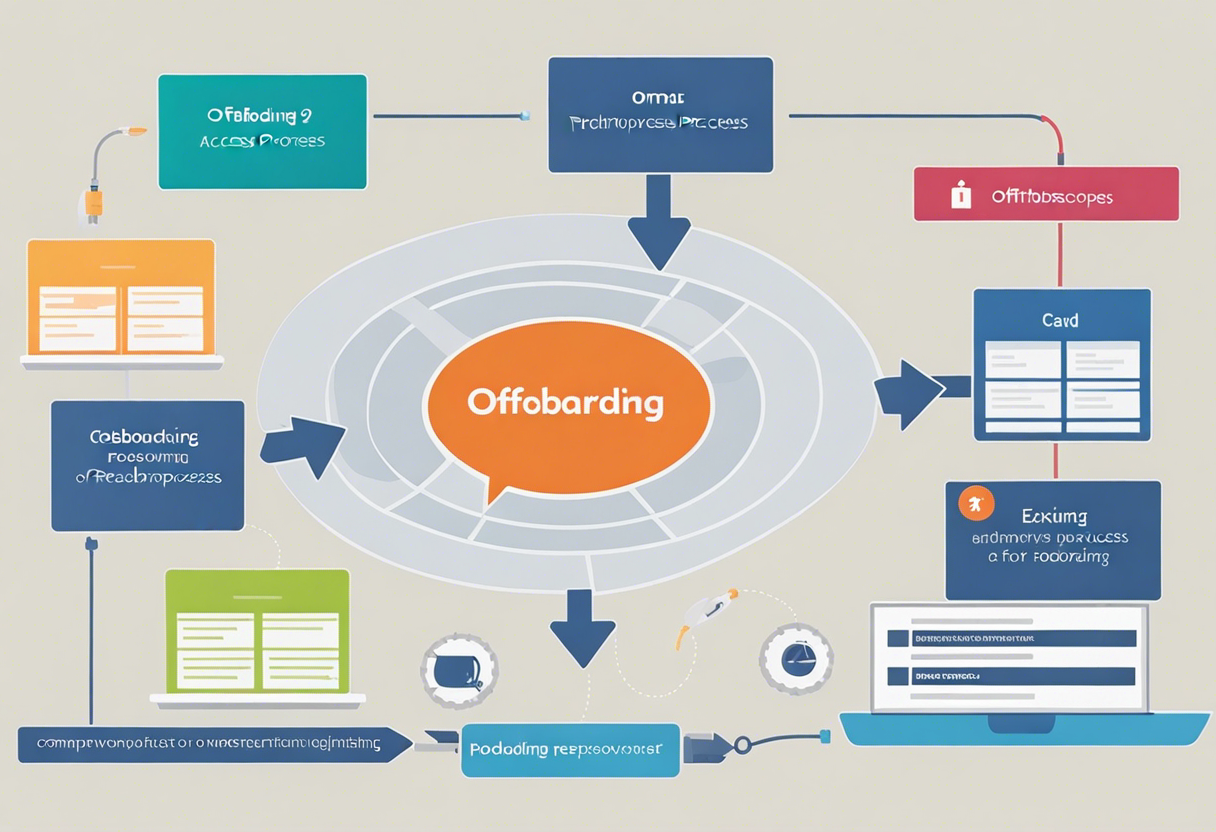Top 5 Strategies to Fortify Your Cloud Computing Security Management
Real world security systems obligate several stages of verification, and it's no different for cloud computing. Investing time and resources into a multiple-step authentication process is an effective way to upgrade your cloud security. Although employing a username and password is standard, additional measures like two-step verification, biometric data, or security questions significantly reduce the chances of unauthorized access. The use of encryption further reinforces the security barrier. Structuring increasingly complex layers of authentication raises the metaphorical drawbridge into your cloud castle.
Regular Encryption and Key Management

Encryption converts information into a form that only a designated party can translate and understand, thereby preventing unauthorized individuals from interpreting the data. Along with these encryption practices, carefully managing encryption keys is critical. These are binary strings used to unlock encrypted data, so they need to be securely stored and regularly rotated. As such, effective key management prevents old keys from becoming security vulnerabilities. Sharing these keys securely is equally important. A well-maintained balance between encryption and key management boosts cloud computing security.
Implementing Intrusion Detection Systems

Just as it is hard to catch a thief without some sort of alarm system, it is challenging to prevent unauthorized access without an intrusion detection system (IDS). These systems monitor and recognize suspicious behavior, which can be an invaluable tool to prevent potential cyber threats. IDS with artificial intelligence (AI) can adapt and efficiently detect anomalies that signify threats. While establishing an IDS is a step in the right direction, maintaining, upgrading, and regularly testing these systems is crucial for their effectiveness to be consistent.
Vigorous Employee Training

While sophisticated security systems can guard against a multitude of threats, human error is often the weakest link in the security chain. As such, ongoing staff training on the latest best practices and threats is invaluable. Employees should be educated about phishing and other social engineering threats, safe internet habits, and secure password practices. Creating a security-conscious culture can dramatically limit an organization's vulnerability.
Detailed Auditing and Logging

Regular auditing and logging practices can help identify and prevent security breaches. These procedures track data access and modifications, log user activity, and record system changes. Thus creating a comprehensive record of activities within your cloud environment. In case of an incident, these logs can help identify the point of breach and support faster resolution. Committing to these practices also aids in fulfilling regulatory requirements and promoting transparency.
Offboarding Processes

Finally, a robust offboarding process prevents ex-employees from continuing to have access to critical information and systems. Revoking access rights, changing passwords, and retrieving company-owned equipment are vital steps in this process. The offboarding process should be coordinated with human resources, and checks should be run to ensure compliance. It builds an additional layer of security, effectively forming your cloud fortress’s outer wall.







